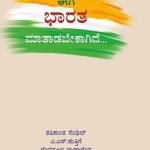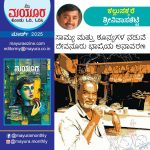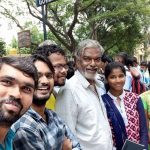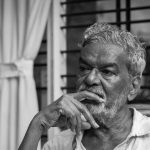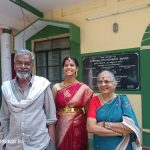Evelien de Hoop’s opinion about Kusumabale…
[ Evelien de Hoop’s opinion about Kusumabale english version. ಇಂಗ್ಲಿಷ್ ಅನುವಾದದ ‘ಕುಸುಮಬಾಲೆ’ ಕುರಿತು… ಎವೆಲಿಎನ್ ಡಿ ಹೂಪ್ ಅವರ ಅಭಿಪ್ರಾಯ …]
Evelien de Hoop
The very first part I ever read of Kusumabale was the chapter in which Eery prepares a feast for her dying son. The chapter is full of contrasts, between Eery’s son’s suffering, his delight at seeing the food his mother prepared for him, and Eery’s almost colourful way of cooking and dressing in an attempt to save her son. Using language the way a painter would use his palette, Devanoora Mahadeva and Susan Daniel are true painters. Reading about Akkamadevi, Parsada, Channa, Eery, Yaade Gowda’s bedstead and more made me feel like seeing a painting unfold in front of me. A painting that draws me in but that I cannot grasp.
Set in a village in Karnataka, the multiple stories told in this one novel display the details and specifics of the harsh realities of Dalit life. Some of the finer nuances specific to their circumstances may be lost to the foreign reader. But this is where this novel’s strength really shows. Its incredible nuance and depth, the many layers of the paintings, make that the story can make sense to anyone in the world. After all, themes like rich-poor divides, outcast communities, aspirations, life and death can be found anywhere. The way Devanoora Mahadeva engages with them, or perhaps rather paints them, touches me and teaches me. Kusumabale enriched my understanding – and I mean understanding of the non-cognitive, emotional and even embodied type – of the many different ways people may engage with all sorts of difficulty and what this may make one feel like. Therefore, I strongly wish this book to spread, not just through India, but through the entire English-reading world.

